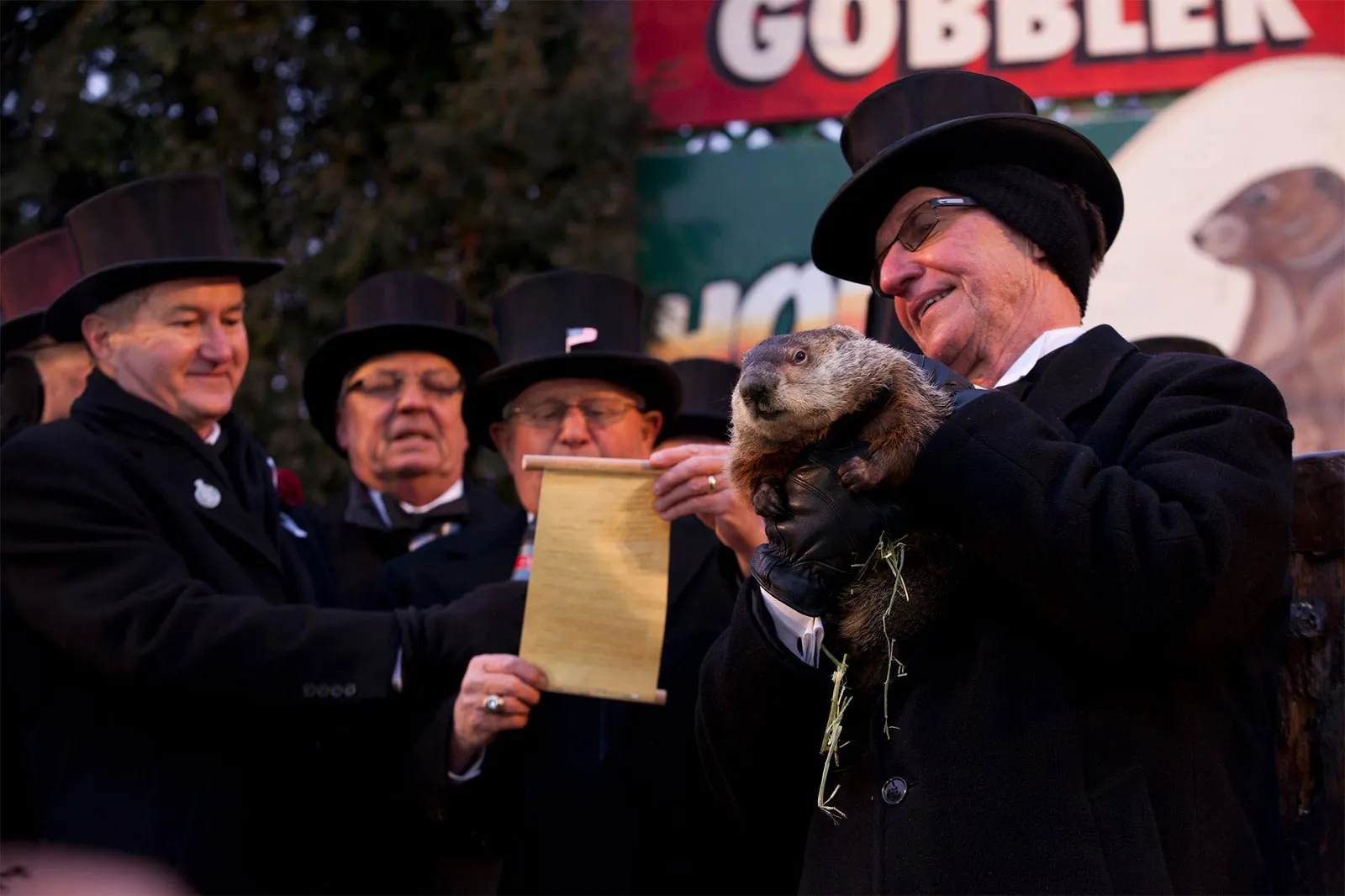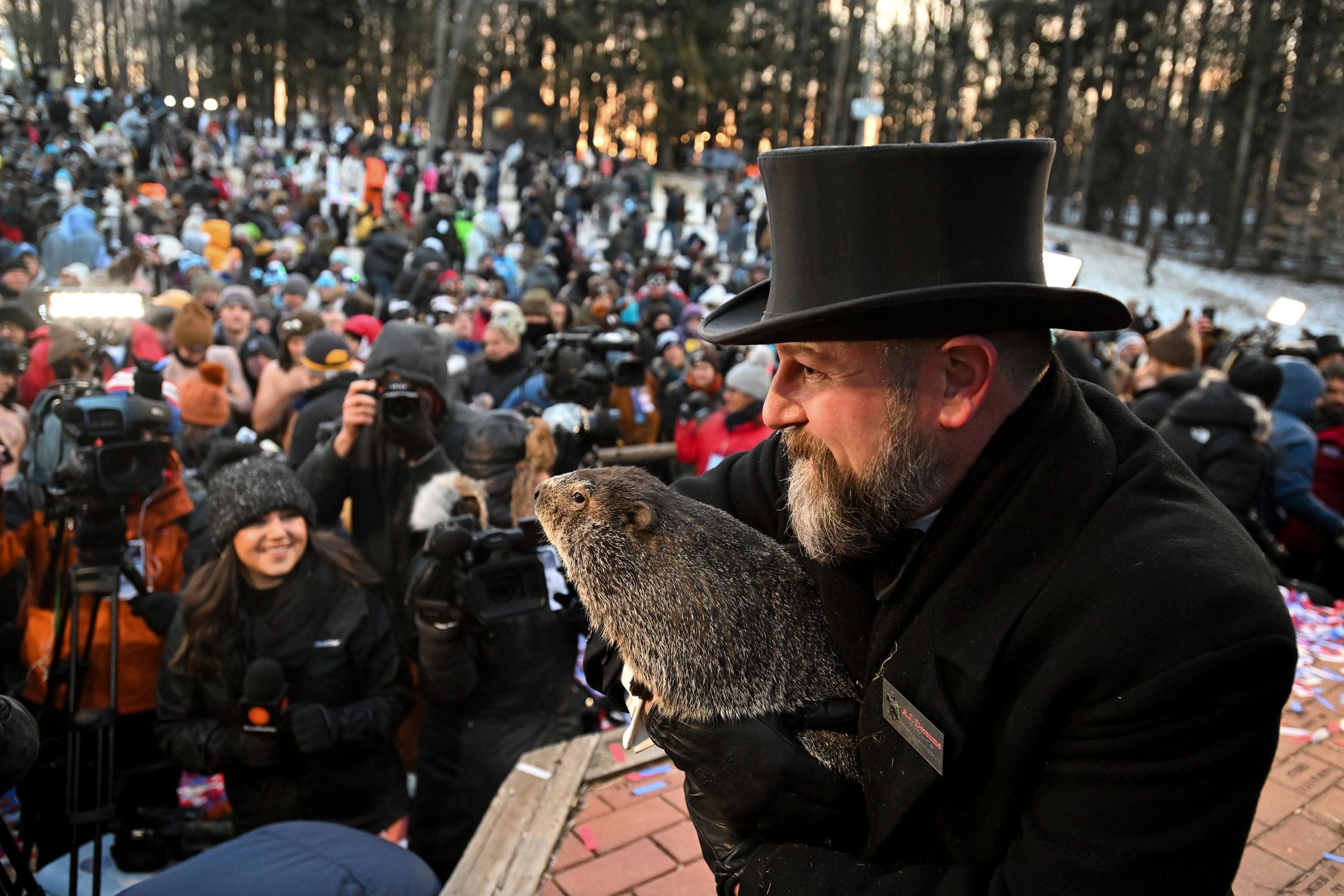If you are from the US or Canada, you might be familiar with the tradition of Groundhog Day, which falls on 2 February every year. On this day, people gather in places like Punxsutawney, Pennsylvania, to watch a groundhog named Punxsutawney Phil emerge from his burrow and predict the arrival of spring.
Advertisement
According to folklore, if Phil sees his shadow, it means six more weeks of winter. If he doesn’t, it means an early spring. But what about Britain? Does it have a similar tradition involving a furry animal and a weather forecast? The answer is not exact, but there are some interesting parallels and origins that connect Groundhog Day to European customs and beliefs.

First of all, Groundhog Day has its roots in an ancient Christian festival called Candlemas Day, which marks the midpoint between the winter solstice and the spring equinox. On this day, Christians would bring candles to the church to be blessed and lighted. The candles symbolized the hope of spring and the return of light.
In Germany, Candlemas Day was also associated with an animal’s prediction of the weather. However, instead of a groundhog, they used a hedgehog. The legend said that if a hedgehog saw his shadow on Candlemas Day, there would be a “second winter” or six more weeks of bad weather.
Advertisement
When German settlers came to America in the 18th and 19th centuries, they brought this tradition with them. But since hedgehogs were not native to their new home, they substituted them with woodchucks or groundhogs, which were similar in appearance and behavior.
So how does Britain fit into this story? Well, although Britain does not have an official Groundhog Day celebration, it does have some old sayings and proverbs that relate to Candlemas Day and the weather. For example:
– If Candlemas Day be fair and bright,
Winter will have another fight.
If Candlemas Day brings cloud and rain,
Winter won’t come again.
– If Candlemas be mild and gay,
Go saddle your horses and buy them hay;
But if the Sun have a watery eye,
Then you may leave your horses and hay to dry.
These rhymes suggest that a sunny Candlemas Day means more winter, while a cloudy one means an early spring. This is the opposite of the groundhog’s prediction, but it follows the same logic of observing nature’s signs.
Another connection between Britain and Groundhog Day is that some parts of England and Scotland celebrate Imbolc on 2 February, which is a pagan festival that marks the beginning of spring. Imbolc means “in the belly” in Gaelic and refers to the pregnancy of ewes or sheep. It is also associated with Brigid, a Celtic goddess of fire, healing and poetry.
Imbolc celebrates the awakening of life after winter and the promise of new growth. Some of its traditions include lighting candles or bonfires, making Brigid’s crosses out of rushes or straw, and leaving offerings of milk or bread for Brigid.
So while Britain does not have a groundhog to tell them when spring will come, it does have some other ways of honoring this special time of year and looking forward to warmer days.


Leave a Reply